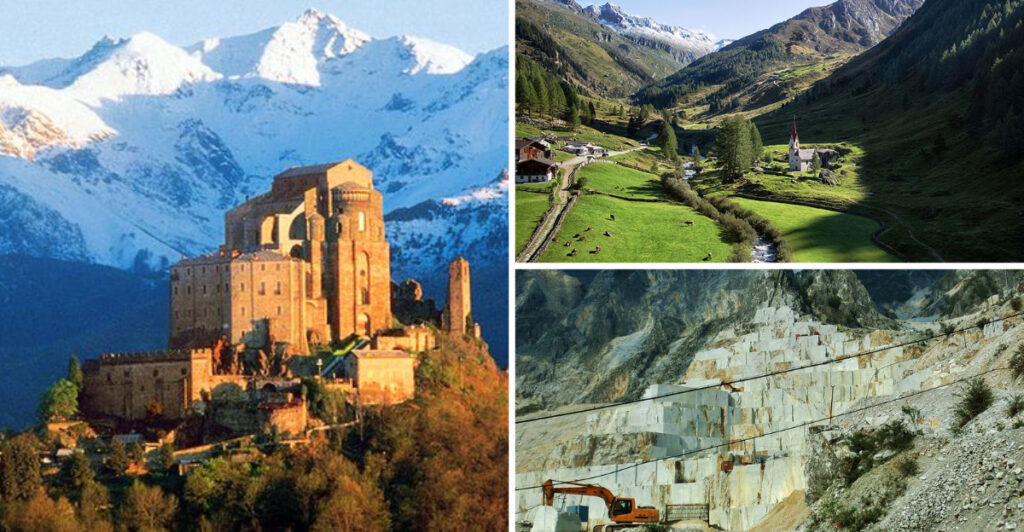Italy’s railways weave through landscapes most visitors never discover, revealing hidden treasures beyond famous cities. From coastal cliffs to mountain villages, these train journeys showcase Italy’s authentic heart and soul. Hop aboard as we explore 17 remarkable Italian train routes that lead to extraordinary places the typical tourist misses completely.
1. Circumetnea Railway’s Volcanic Adventure
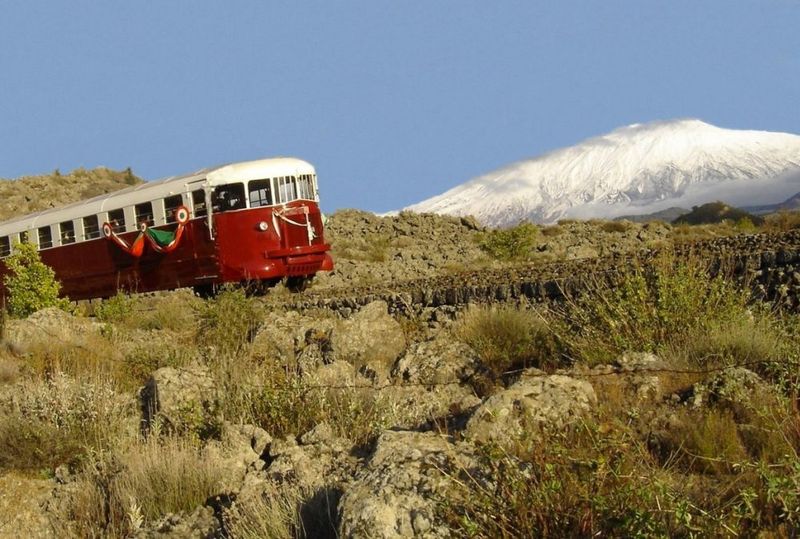
A narrow-gauge railway circling Mount Etna offers front-row seats to Europe’s most active volcano. The vintage carriages chug through black lava fields, pistachio groves, and sleepy villages untouched by mass tourism.
Local vendors sell volcanic honey and pistachio treats at rural stations along the route. The journey between Catania and Riposto reveals smoking craters and solidified lava flows that transformed the landscape over centuries.
2. Secret Tunnels of the Genoa-Casella Line
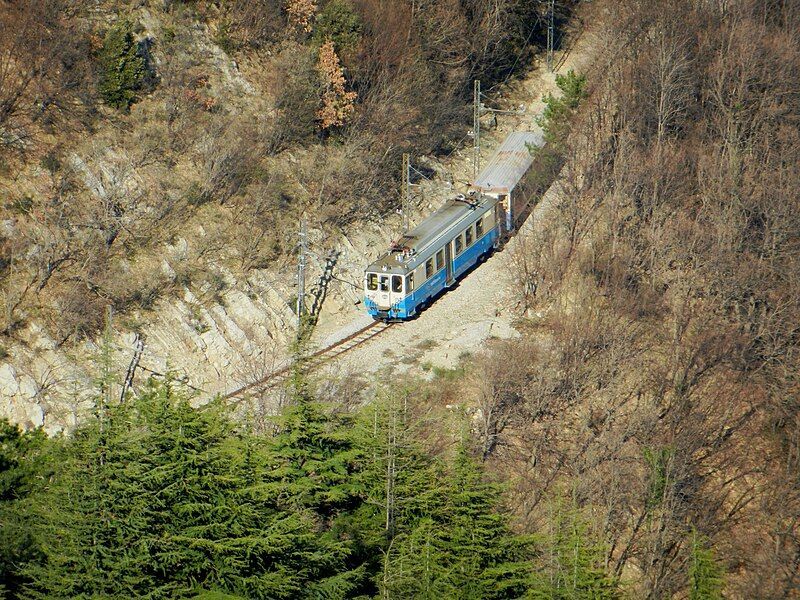
Mountain tunnels and stone viaducts mark this historic narrow-gauge railway connecting bustling Genoa with the sleepy village of Casella. The 1929 route climbs steadily through the Apennine foothills, revealing panoramic views impossible to see from the highway.
Locals use this train to transport traditional focaccia bread to mountain communities. During autumn, the surrounding chestnut forests burst into golden colors, creating a magical atmosphere that feels worlds away from coastal Genoa.
3. Valle Aurina’s Alpine Time Capsule

Northern Italy’s German-speaking enclave reveals itself on this alpine railway journey. Wooden farmhouses with flower-laden balconies dot emerald meadows as the train winds through the pristine Puster Valley.
Bell towers of medieval churches peek above pine forests along the route. The train makes strategic stops at villages where locals still speak ancient dialects and craft wooden toys using techniques passed down for generations.
4. Forgotten Fishing Villages via Adriatic Railway
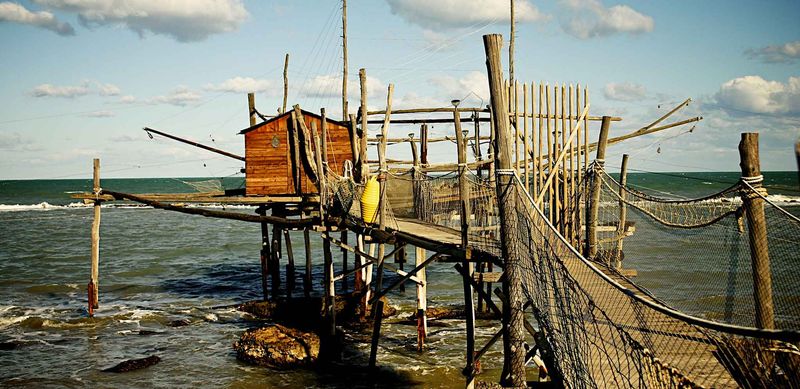
Hugging Italy’s eastern coastline, this railway delivers travelers to fishing communities that time forgot. Pastel-colored houses cascade down cliffs to tiny harbors where fishermen still mend nets by hand.
The train slows dramatically at certain points, allowing passengers to photograph secret coves accessible only by boat. Between the towns of Ortona and Vasto, the railway passes ancient trabocchi—wooden fishing platforms extending into the sea that now serve as unique restaurants.
5. Sacro Monte Express Through Holy Mountains
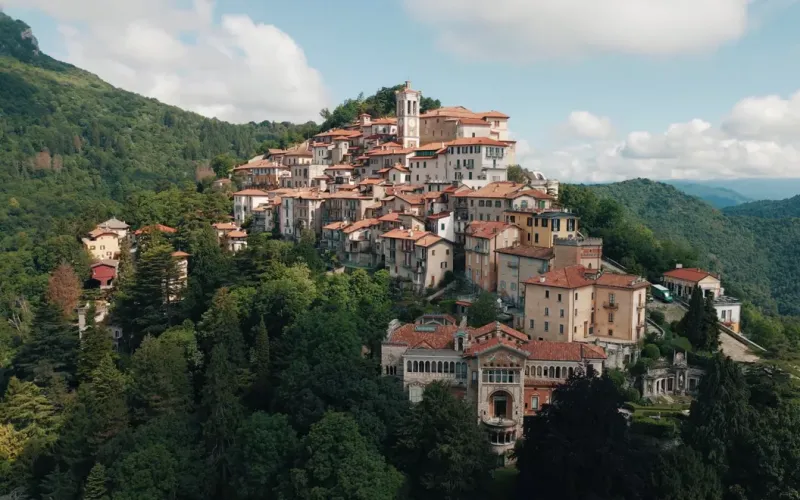
This humble regional train connects a series of sacred mountain sanctuaries recognized by UNESCO. Renaissance chapels containing life-sized terracotta figures depicting biblical scenes appear suddenly outside your window.
The railway cuts through chestnut forests hiding hermitages where monks still live in solitude. Local passengers often carry baskets of wild mushrooms and chestnuts gathered from the surrounding woods, happy to share stories about the mountain’s legends with curious travelers.
6. Val di Susa’s Medieval Castle Circuit
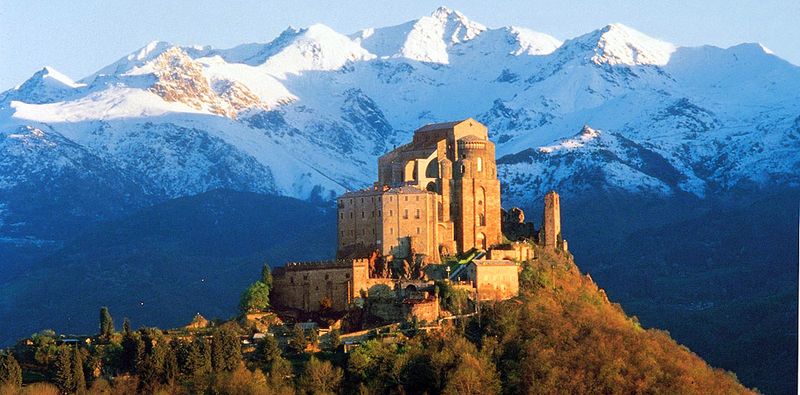
The Turin-Bardonecchia line threads through a valley guarded by imposing medieval fortresses. Each castle tells a different story of Alpine defense and royal intrigue unknown to most visitors to Italy.
Stone towers appear dramatically as the train emerges from mountain tunnels. The fortress of Exilles, once a notorious prison, looms above the tracks, while further along, the Sacred Abbey of San Michele perches impossibly on a rocky spire—inspiration for Umberto Eco’s famous novel.
7. Rice Paddies Railway of Vercelli
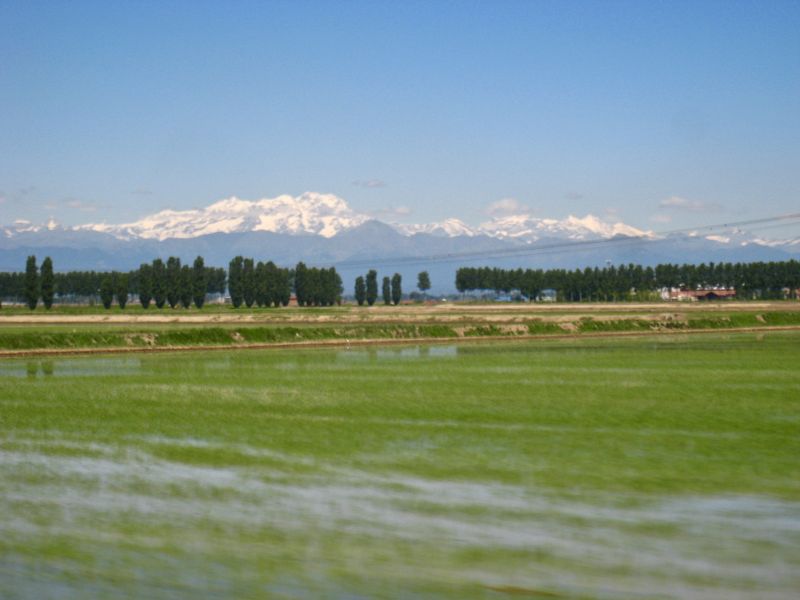
Golden rice fields stretch to the horizon on this surprising route through Italy’s agricultural heartland. Water-filled paddies reflect the sky like mirrors, creating an unexpected landscape more reminiscent of Southeast Asia than Europe.
Women in traditional dress can still be seen working the rice fields during planting season. The train passes ancient cascine (farmhouses) where artisanal risotto rice varieties are dried using centuries-old techniques, producing the essential ingredient for northern Italy’s most treasured dishes.
8. Calabria’s Bergamot Groves Express
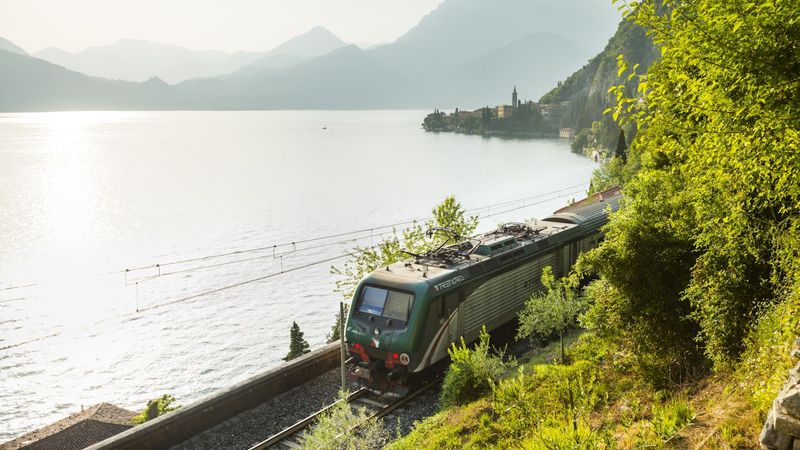
Clinging to coastal cliffs, this southern railway passes through fragrant bergamot orchards found nowhere else on Earth. The citrus fruit, essential for Earl Grey tea and fine perfumes, grows exclusively in this microclimate.
Between Reggio Calabria and Locri, the train hugs the coastline so closely that sea spray sometimes mists the windows. Family-owned bergamot farms welcome visitors at rural stations, offering tastings of rare bergamot marmalade and liqueurs not exported beyond these hills.
9. Marble Mountains Railway of Carrara
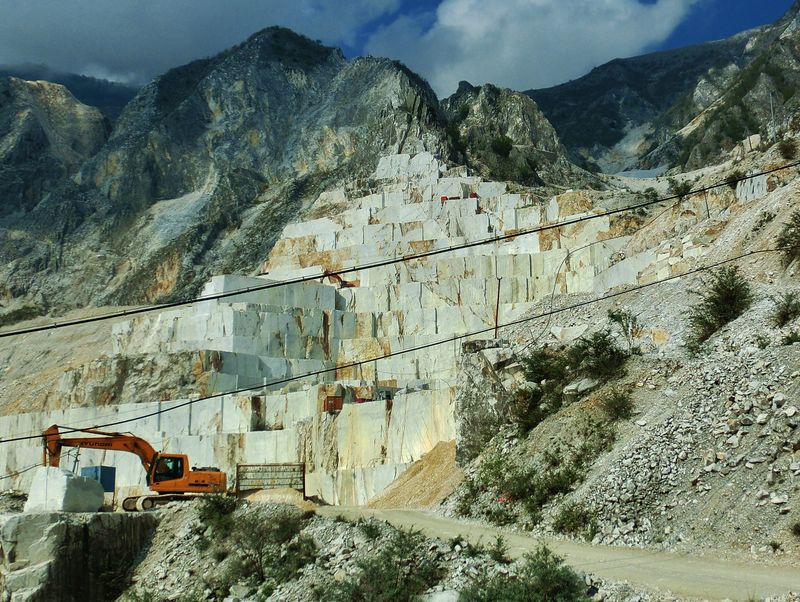
Ghostly white mountains appear almost snow-covered along this industrial heritage line. These are actually the famous marble quarries that provided stone for Michelangelo’s David and countless Roman monuments.
The specialized railway once transported massive marble blocks to coastal ports. Today, refurbished carriages take visitors past working quarries where cutting techniques have barely changed since the Renaissance, with dramatic white “amphitheaters” carved into mountainsides revealing the precious stone.
10. Truffle Hunter’s Line Through Alba
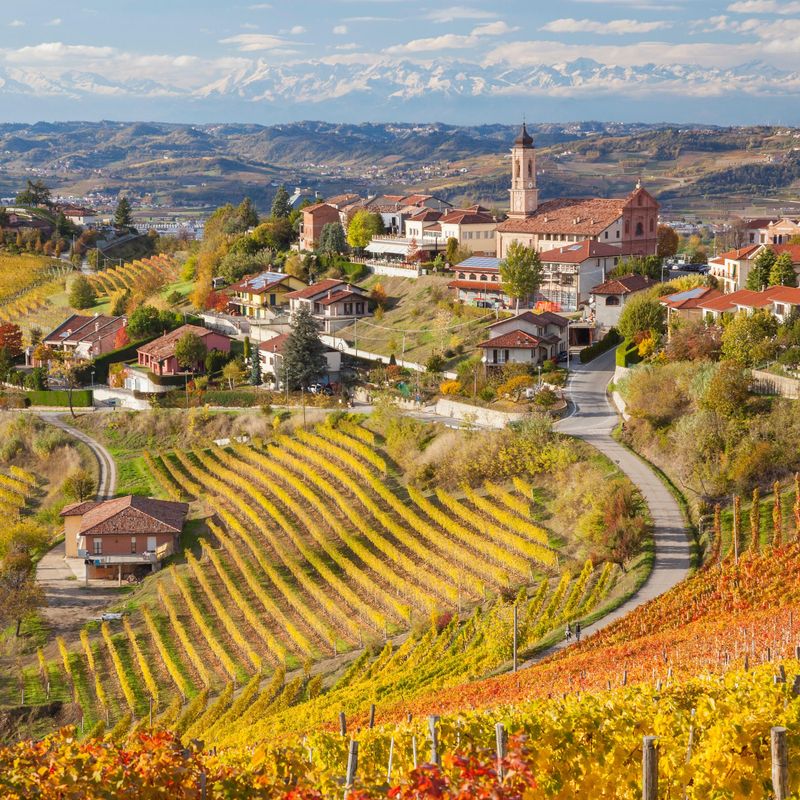
Fall brings a magical atmosphere to this Piedmont railway connecting villages obsessed with white truffles. The world’s most expensive fungi grow secretly in hazelnut groves visible from your window.
Early morning trains might carry truffle hunters and their specially-trained dogs returning from nocturnal expeditions. Station cafes serve simple egg pasta with truffle shavings at prices that would shock big-city visitors, while vineyard stops offer tastings of Barolo wines that perfectly complement the earthy delicacy.
11. Abandoned Stations of Basilicata
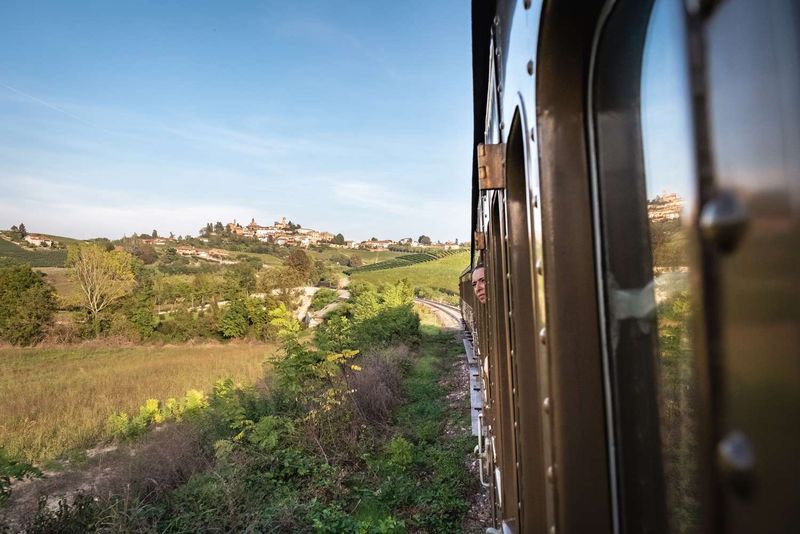
Traveling through Italy’s least-visited region reveals ghost stations reclaimed by nature. This slow regional line connects remote mountain communities that have dwindled as younger generations moved to cities.
Crumbling station houses covered in wild grapevines stand as monuments to a bygone era. The train crawls through landscapes featured in many Italian neorealist films, with elderly shepherds still guiding flocks across ancient paths that cross the tracks, requiring the train to stop and wait.
12. Secret Beaches of the Riviera dei Cedri Line
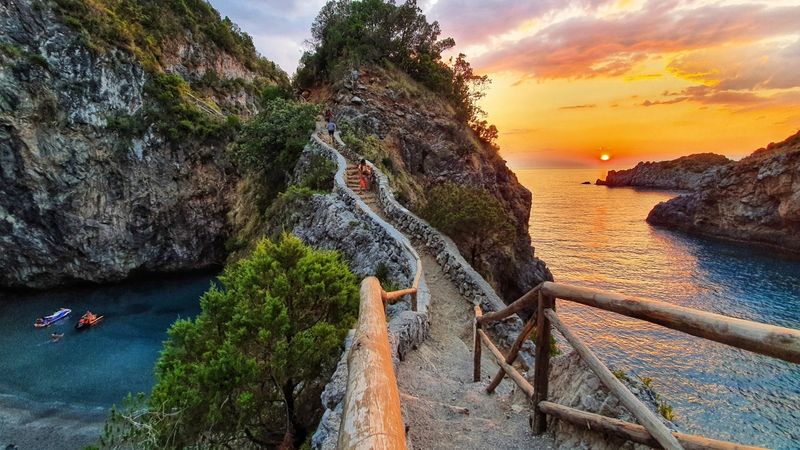
The railway hugging Calabria’s northern coast reveals hidden coves impossible to reach by road. Crystal-clear waters in shades of turquoise appear suddenly between tunnels, tempting passengers to pull the emergency stop.
Local families board with beach umbrellas at unmarked stations leading to pristine shores. The train passes cedro citron groves—the ancient fruit used in traditional candied peel—growing on terraced hillsides that plunge dramatically into the Mediterranean.
13. Slow Food Express Through Langhe Hills
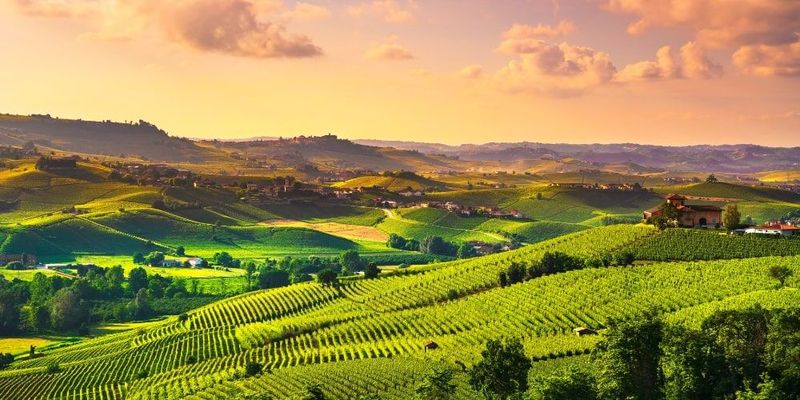
Connecting the birthplace of Italy’s Slow Food movement, this gentle railway journey reveals culinary landscapes that shaped global gastronomy. Ancient vineyards producing Nebbiolo grapes stretch across rolling hills visible from both sides of the train.
The railway connects villages where each station hosts monthly farmers’ markets selling products with protected geographical status. Passengers commonly board carrying wicker baskets filled with just-purchased cheeses, raw milk still warm from morning milking, and freshly harvested hazelnuts that make the carriages smell like heaven.
14. Etruscan Tombs Railway of Tuscia

Ancient civilizations reveal themselves along this central Italian railway through landscapes dotted with mysterious Etruscan tombs. Carved directly into volcanic tufa cliffs, these pre-Roman burial chambers appear suddenly between stations.
The train passes through forests hiding abandoned medieval villages reclaimed by nature. Local archaeological enthusiasts sometimes board trains specifically to guide visitors to hidden sites not listed in guidebooks, including underground Etruscan roadways that pass directly beneath the modern railway.
15. Transhumance Trail Railway
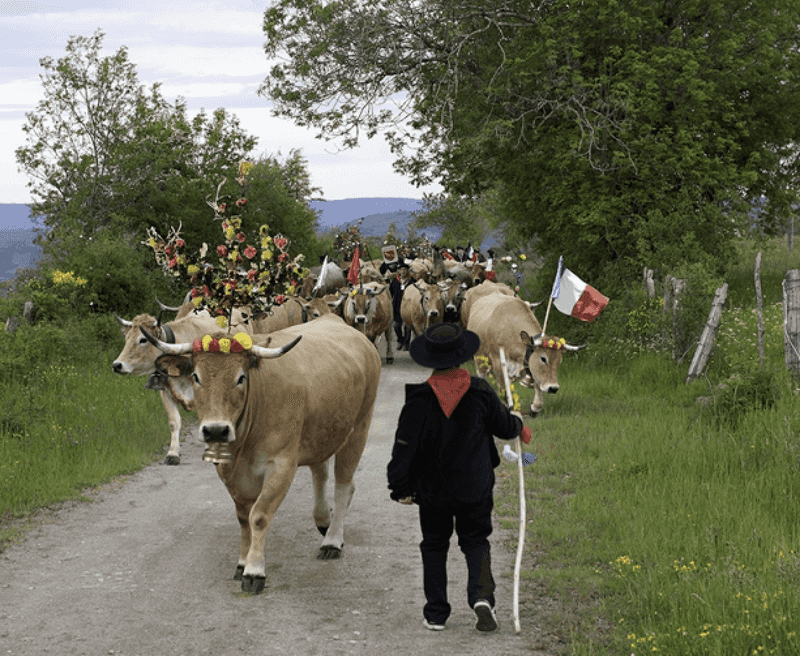
Following ancient pastoral migration routes, this railway connects mountain summer pastures with winter valleys. Twice yearly, shepherds still drive thousands of sheep along paths parallel to the tracks, continuing traditions dating back millennia.
Station buildings display faded murals depicting the seasonal livestock movements. The train passes stone refuges where shepherds traditionally sheltered during storms, now preserved as tiny museums documenting rural life, with some stations serving traditional ricotta made from milk collected that morning.
16. Forgotten Spa Towns Line
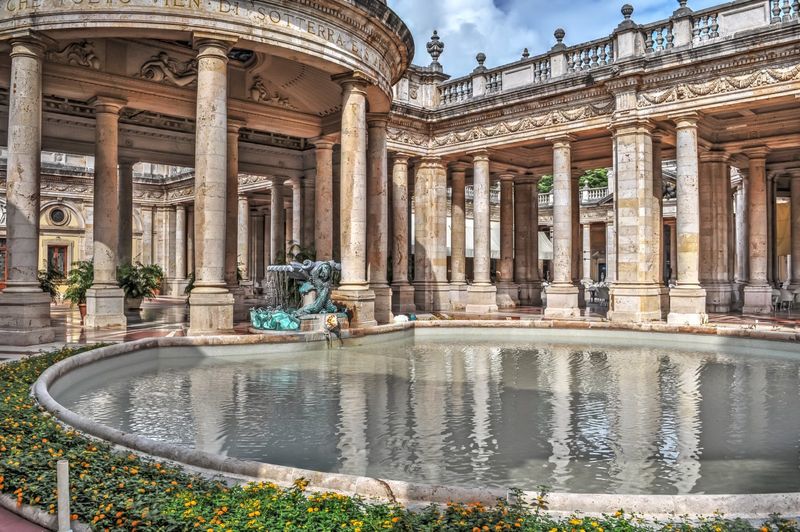
Connecting thermal towns that once attracted European royalty, this railway reveals the faded grandeur of Italy’s Belle Époque spa culture. Ornate liberty-style stations serve towns where mineral waters still bubble from ancient Roman sources.
Grand hotels with peeling paint stand majestically near abandoned bathing establishments. The train passes drinking fountains where locals fill bottles with healing waters, each source believed to cure different ailments, while station cafes serve pastries made using recipes created for visiting aristocrats over a century ago.
17. Lighthouse Keepers’ Railway

Hugging Italy’s wildest coastline, this railway was built primarily to connect isolated lighthouses. The train passes so close to cliffs that passengers can sometimes spot dolphins playing in the waters below.
Many lighthouse keepers’ families still live in remote compounds accessible only by train and footpath. The railway makes special stops during stormy weather to deliver supplies to these isolated guardians, with some lighthouses offering simple overnight accommodations in former keepers’ quarters for adventurous travelers seeking ultimate solitude.

